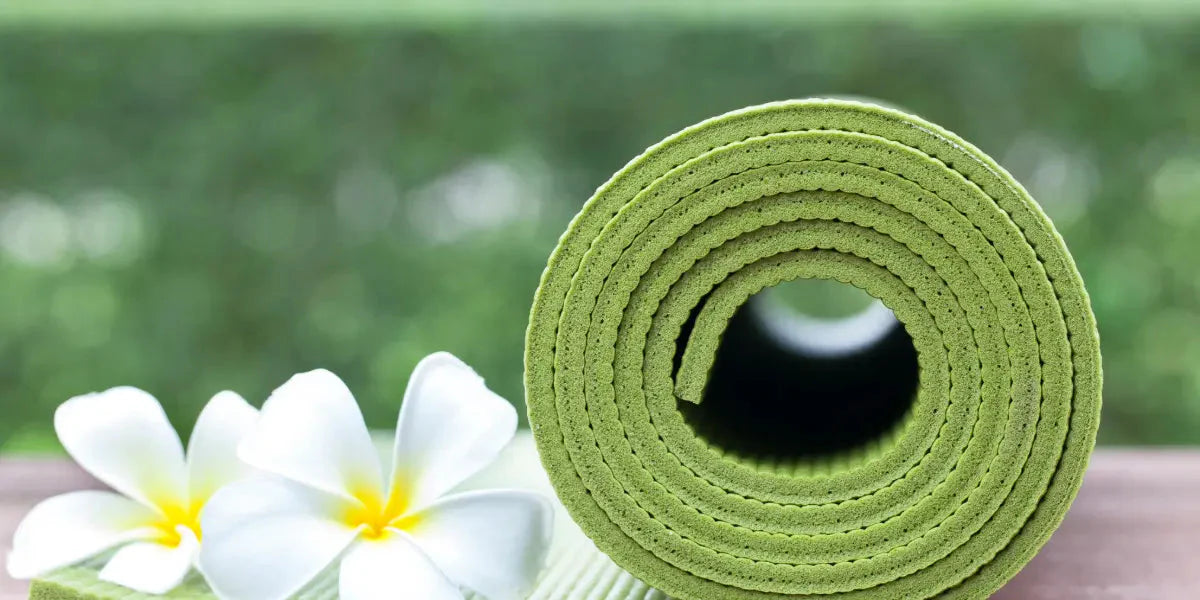Yogis, by closing their eyes and listening to their body, have long noted that bodily sensations are variable .
For lack of better words, several thousand years ago, they called this sensation that circulates in the body “prana” .
Prana expresses the fact of moving and designates that which initiates movement and by extension life itself. Prana is therefore simply a term that describes this energy present in the body , which we can feel in many circumstances.
The daily experience
You experience this daily when you are angry , this "energy" or "prana" rises in the upper part of your body, you turn red, you feel your fists clench , your muscles contract to straighten up and move on. the action .
Besides, don't you say that you feel the energy "warming you up or going to your head" ?
Conversely, when you feel sad, you feel a weakening of your energy , you feel that your shoulders are rolling up, your chest is sinking and that your legs are no longer supporting you, your breathing is more shallow. Energy is leaving you, yogis would say your prana is weakened .
All expressions such as “fear in my stomach” , being “ full of it ” , “blushing with emotion” and many others, show to what extent there is an interaction between emotions and our body of flesh and blood. 'bone .
The word “prana” comes from the prefix “pr” which is the root found in “first”, that is to say what is before. The suffix “an” is the same root found in the words “animate”, “animal” and which means “movement”.
Expression of emotions
Emotions are automatic reactions that have the function of allowing us to act quickly and as best as possible.
They are at the origin of specific physiological reactions , whether it is the variation in heart rate and its intensity, the variation in respiratory frequency , the level of sweating, the urge to urinate or the acceleration of transit for cite only the main ones.
They also trigger muscular contractions necessary for action. They are often directly perceptible : we feel them in the neck, back, jaws.
Sometimes they are barely noticeable, although they leave a general unpleasant feeling. Among the muscular contractions we can also cite facial expressions characteristic of emotion: anger, amazement, disgust, fear, joy, sadness.
Finally , thoughts are directly related to the object of the emotion . Emotions and anxiety will result in localized and stereotyped sensations.
Reactions in anxiety:
-
Physiological reactions
-
Muscular reactions
-
Bodily reactions and facial expressions
-
Specific thoughts
Bad in your body, bad in your skin, bad in your head
These bodily sensations or “body markers” as Antonio Damasio, one of the greatest specialists in emotions , calls them, will send messages to the brain and will cause you to enter a vicious circle.
When anxiety oppresses you and tightens your chest , when you can no longer breathe, you feel bad and you reinforce your worry.
When you are caught up in your feelings of anxiety , ruminations, your body is tense.
These manifestations of “blocked prana” are quite the opposite of a feeling of well-being which is characterized by a sensation of lightness, fluidity and dilation, a body perceived as pleasant. Yogis then say that “prana circulates” .
It is this sensation that we feel when practicing yoga exercises in place of unpleasant tensions. In addition to this practice, there are herbal food supplements to reduce anxiety .
Evaluate your bodily discomfort to free yourself
Knowing exactly what is happening in your body is an essential step in yoga therapy . This is the first exercise you will do, because you will need it to free yourself from anxiety .
You will observe what is happening, what you feel in your body. You will locate the sensation felt and you will evaluate its intensity.
To achieve this, simply ask yourself the question: “What do I feel in my body? » , then mentally scan your body, region by region .
You can start with the forehead, then the eyes, then the jaws and work your way down the body .
Once the tensions or pains have been identified , you will evaluate them on a scale called the “body sensations scale (ESC)” . As its name suggests, it is a scale that allows you to evaluate subjectively the intensity of the bodily manifestations of your anxiety.
The scale from 0 to 10 is a benchmark that allows you to know how the sensation in your body evolves, it is in no way objective. Be very casual to give value.
Although it is subjective, it is very relevant and rarely faulted. It is borrowed from cognitive-behavioral psychotherapy and pain assessment scales.
Please note, this tool is made to assess the sensation you have in your body at the time the assessment is carried out. This is not about evaluating a past feeling.





